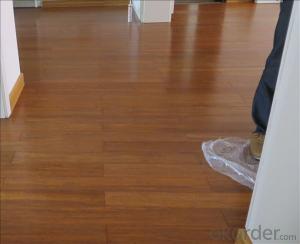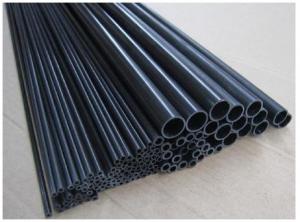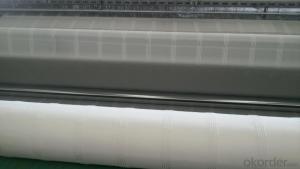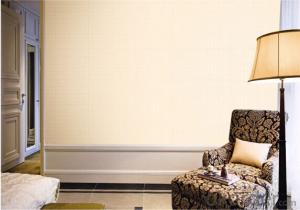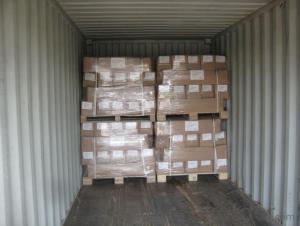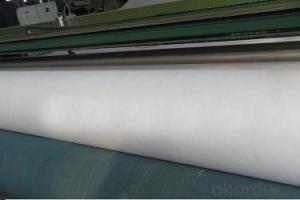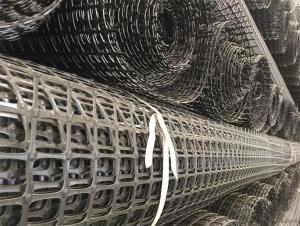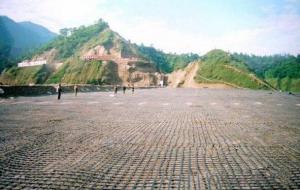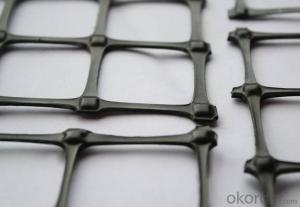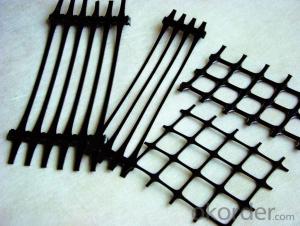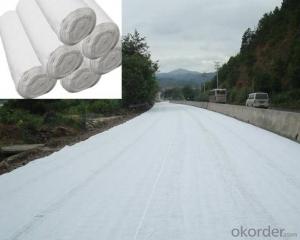Woven Geogrid
Woven Geogrid Related Searches
Led For Cannabis Growing Fiberglass Sheets For Roofing Geogrid For Road Construction Geogrid For Erosion Control Geogrid For Soil Stabilization Geogrid For Horse Paddocks Geogrid For Gravel Geogrid For Pavers Geogrid For Steep Slopes Geogrid For DrivewaysHot Searches
Large Led Screens For Sale H4 Led Headlight Bulbs For Sale Inverter Size For Solar System 6 3 Electrical Wire For Sale Used Hotel Furniture For Sale Online Used Hotel Furniture For Sale Malaysia Used Hotel Furniture For Sale Singapore Used Hotel Furniture For Sale Toronto Double Glazed Greenhouses For Sale Used Pro Audio Gear For Sale Gas Powered Core Aerator For Sale Roxul Insulation For Sale Marriott Hotel Furniture For Sale White Gazebo For Sale Japanese Garden Statues For Sale Alloy Towers For Sale Core Aerator For Sale Marriott Furniture For Sale 1 Gallon Nursery Pots For Sale Air Pump For Aquarium Buy OnlineWoven Geogrid Supplier & Manufacturer from China
Okorder.com is a professional Woven Geogrid supplier & manufacturer, offers integrated one-stop services including real-time quoting and online cargo tracking. We are funded by CNBM Group, a Fortune 500 enterprise and the largest Woven Geogrid firm in China.Hot Products
FAQ
- Geogrids and geosynthetic clay liners (GCLs) are two different types of geosynthetics used in various civil engineering and environmental applications. Geogrids are typically made of high-strength polymer materials, such as polypropylene or polyester, and are designed to provide reinforcement and stabilization to soil structures. They have a grid-like structure with open apertures, allowing soil particles to interlock within the grid, improving load distribution and preventing soil erosion. Geogrids are commonly used in slope stabilization, retaining walls, and road construction. On the other hand, geosynthetic clay liners (GCLs) are composite materials consisting of a layer of bentonite clay sandwiched between two geotextile layers. Bentonite clay is highly absorbent and expands upon contact with water, creating a low permeability barrier. GCLs are primarily used as hydraulic barriers for containment applications, such as landfill liners, pond liners, and wastewater treatment facilities. They provide excellent resistance to liquid flow and act as a barrier to prevent the migration of contaminants. In summary, the main differences between geogrids and geosynthetic clay liners lie in their composition, purpose, and applications. Geogrids focus on soil reinforcement and stabilization, while GCLs are primarily used as barriers to control liquid flow and prevent the migration of contaminants.
- Yes, geogrids are suitable for use in soft soil conditions. Geogrids provide reinforcement and stabilization to the soil, improving its strength and preventing soil displacement. They help distribute the load more evenly, reducing the risk of settlement and potential failure in soft soil conditions.
- Geogrids improve the stability of railway embankments by providing reinforcement and increasing the load-bearing capacity of the soil. They are designed to distribute the applied loads more evenly, reducing the potential for settlement and soil movement. Additionally, geogrids increase the shear strength of the soil, preventing slope failure and erosion.
- Geogrids improve the stability of embankments by providing reinforcement and enhancing the load-bearing capacity of the soil. They act as a stabilizing element by distributing the applied forces more evenly, reducing soil movement and potential slope failures. The geogrids interlock with the soil particles, creating a stronger and more stable structure that can withstand higher loads and resist deformation.
- Geogrids improve the performance of mechanically stabilized slopes during seismic events by providing reinforcement and preventing soil movement. These high-strength geosynthetic materials are installed within the soil mass and act as a stabilizing mechanism. During seismic events, geogrids distribute the forces more evenly, reducing the strain on the soil and minimizing the risk of slope failure. This reinforcement helps maintain the stability and integrity of the slope, enhancing its resistance to seismic forces.
- Which kind of polypropylene geogrid belongs to the geogrid?,Geogrid is divided into four categories: plastic geogrid, steel plastic geogrid, fiberglass geogrid and fiberglass polyester geogridPlastic geogrid?
- Polypropylene geogrid is also a kind of PP (polypropylene) welded geogrid;PET polyester welding geogrid is also plastic grille, raw material is polyester plasticDo not know whether the above content is helpful to you
- Yes, geogrids can be used in ground stabilization for telecommunications infrastructure. Geogrids are commonly used to reinforce soils and provide stability to the ground, making them suitable for supporting the weight and load of telecommunications infrastructure such as towers, antennas, and cables. They help distribute the load more evenly, prevent soil erosion, and improve the overall stability and durability of the ground.
- Yes, geogrids can affect soil drainage. Geogrids are typically used to reinforce soil and improve its stability. However, their presence can also impact the movement of water through the soil. Depending on the design and installation of the geogrids, they can either enhance or inhibit soil drainage.
